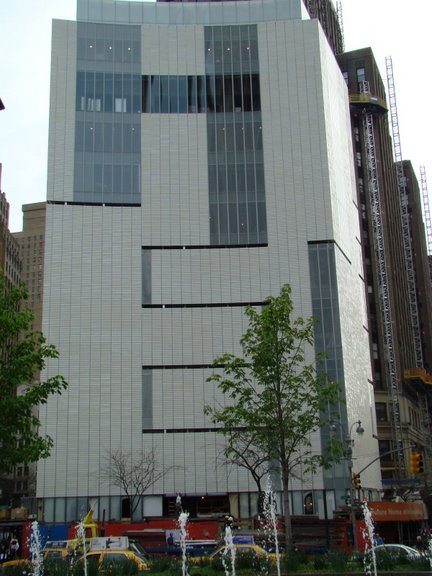 According to the number crunchers at Metro (Portland’s regional government, for those keeping track outside Oregon), metropolitan Portland, which includes five counties in Oregon and two across the Columbia River in Washington, will reach a population of 3.85 million by the year 2060. The population now is roughly 2.1 million. And if the area continues to grow at the rate it did from 1960 to 2000, that rises to more than 6 million.
According to the number crunchers at Metro (Portland’s regional government, for those keeping track outside Oregon), metropolitan Portland, which includes five counties in Oregon and two across the Columbia River in Washington, will reach a population of 3.85 million by the year 2060. The population now is roughly 2.1 million. And if the area continues to grow at the rate it did from 1960 to 2000, that rises to more than 6 million.
If you are in the planning business, and John Fregonese is, this is important news, because big change ahead means more planning! Fregonese spoke Monday night at the Bright Lights Discussion Series, sponsored by Portland Spaces magazine and moderated by editor Randy Gragg, and one of the first things he referenced was that figure. Not because he’s looking for work, but because it lends a certain urgency to the work he’s doing with the Big Look, Oregon’s attempt to improve its land-use framework, still seen as a model nationally, but now a bit old and proven to be short on flexibility. Especially with hordes of new residents lining up to come here.
Fregonese’s discussion wasn’t all that radical, primarily a restatement of the principles governing the Big Look, a short and flattering account of Chicago’s planning process (not to mention Denver, both Fregonese clients), and some cautionary notes about the cost to Portland of standing still. What gave it some urgency for me, though, was the Nicolai Ouroussoff story in the New York Times magazine about urban planning and building (without urban planning) in China, specifically the coastal town of Shenzen, which has grown from a little fishing village of a few thousand to a city of eight million or so in the past 30 years. That’s eight million. Ouroussoff’s story is interesting for its account of this frenzied growth, not all that uncommon in China, where a huge rural population is shifting to the cities, but also for the “values” it contains. More about that later. Finally, I was also considering a rousing defense of New Urbanist Leon Krier by Roger Scruton in Journal magazine, a publication of the Manhattan Institute. I started to type that the Manhattan Institute is like Portland’s own Cascade Policy Institute, but it’s much smarter than that, though its eagerness to battle “collectivism” in all of its real and imagined forms is similar. Both are important for they way they send you back to check your “arithmetic” on various issues (the Cascade Politicy Institute, for example, hates light rail, accommodating bicycles and the Eastbank Esplanade).
So, just to recap the introduction: Fregonese on contemporary planning processes; Ouroussoff on China; new urbanism. If we throw them together, what do we come up with?
Continue reading A planning thrill ride with Fregonese, Koolhaas, Krier →
 The primary piece of writing on my reading list this weekend was Inara Verzemnieks’ profile of Brad Cloepfil, which was a hybrid of sorts, marrying facts about the architect and his buildings, but also offering an account of life on the ground inside those buildings and an approach to thinking about his work. It even gets, gulp, philosophical. I was a little too close to the process of this story to supply a full-fledged analysis of it, let alone a “judgment”, but it is the jumping off point for the rest of this post.
The primary piece of writing on my reading list this weekend was Inara Verzemnieks’ profile of Brad Cloepfil, which was a hybrid of sorts, marrying facts about the architect and his buildings, but also offering an account of life on the ground inside those buildings and an approach to thinking about his work. It even gets, gulp, philosophical. I was a little too close to the process of this story to supply a full-fledged analysis of it, let alone a “judgment”, but it is the jumping off point for the rest of this post.